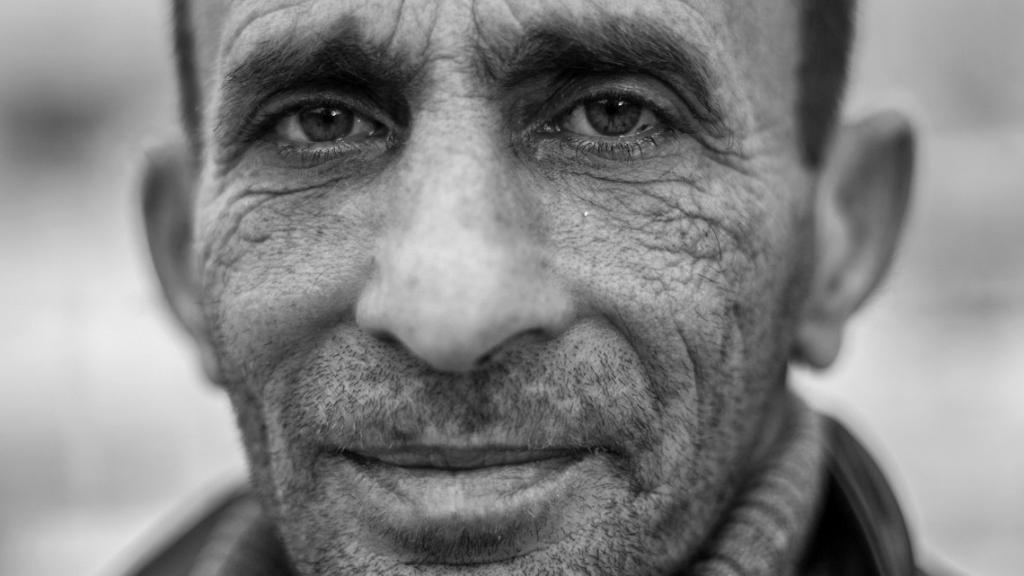by Bishop Nicholas Hudson
It felt fitting and timely indeed to bring to the Houses of Parliament ‘Fifty Faces of the Holy Land’, the photographic exhibition held in May sponsored by the Holy Land Coordination to bring to prominence and support the lives of people living in Israel, Gaza and occupied territories. Right and fitting because the Holy Land Coordination urges all who share concern for the plight of the Holy Land to keep their elected representatives informed of the worsening situation. Timely because it is 50 years since the war which resulted in the altered realities reflected on the faces here shown; and a century since the Balfour Declaration. Timely also because it coincided with the US government’s decision to move its embassy from Tel Aviv to Jerusalem.
I was pleased to present this exhibition to Tom Brake MP, on behalf of the Bishops’ Conference of England and Wales; and to revisit so many faces of people I had met with the Holy Land Coordination. What moved me was to see faces not from one but from either side of the political divide, true to the desire of the Holy Land Coordination, to hear how hopes for a peaceful settlement are held (or not held, as we discovered this year) among Jews, Moslems and Christians.
A number of people asked me which I found the most striking face. It had to be that of Nazeeh. Born on the first day of occupation in 1967, he looks much older than his 50 years. He says he has skin like a gnarled olive tree because of the stress and suffering and the way he is forced to live: his house is just seven minutes from the place where he works but the Occupation Wall causes him to take a detour of 12 hours. I came away from Parliament feeling it is indeed vital that our MPs be kept aware of the suffering of Nazeeh and so many others like him; and grateful to Tom Brake for his inspired support.
50 Faces of the Holy Land was photographed by Marcin Mazur.
Picture courtesy: Mazur/Catholicnews.org.uk




